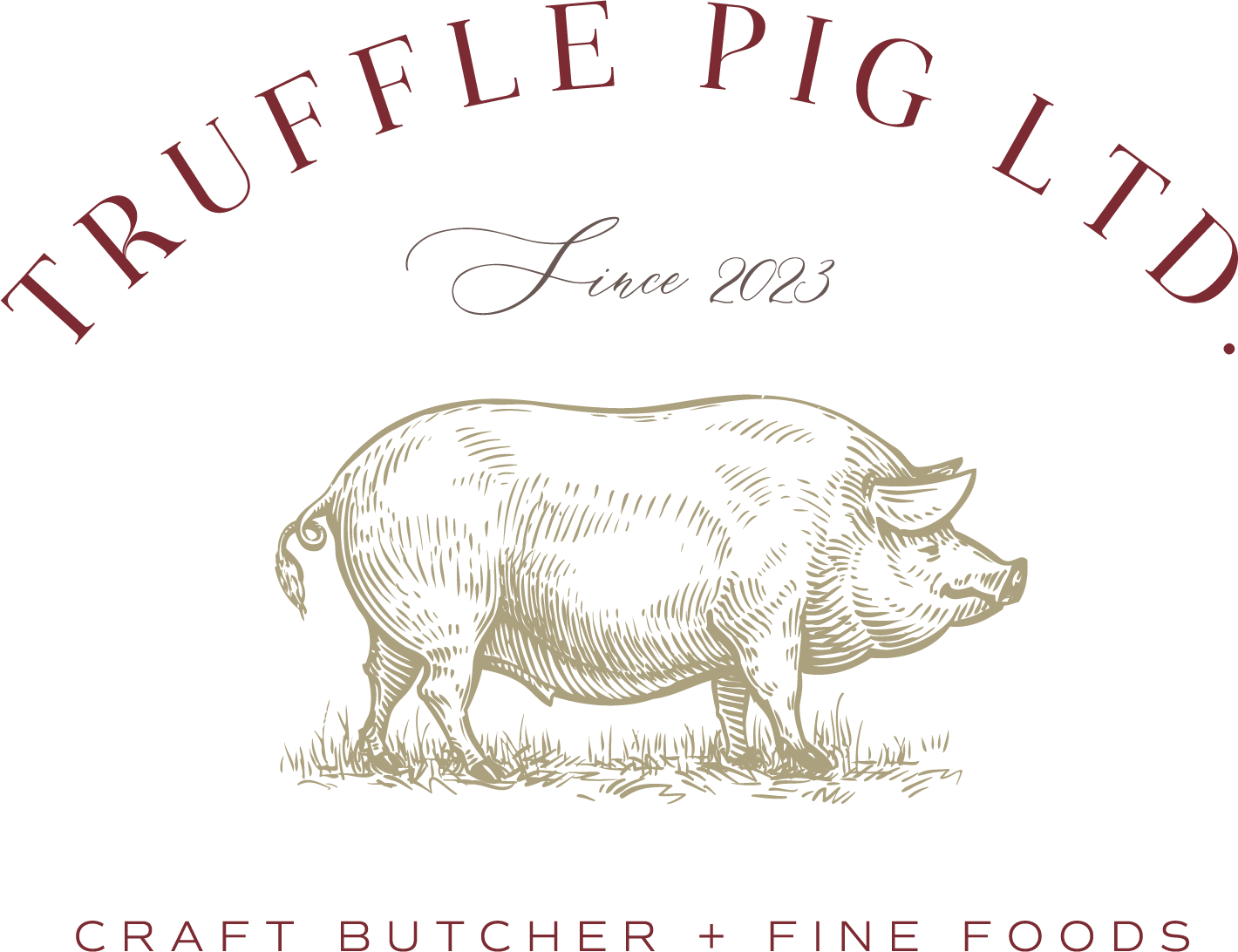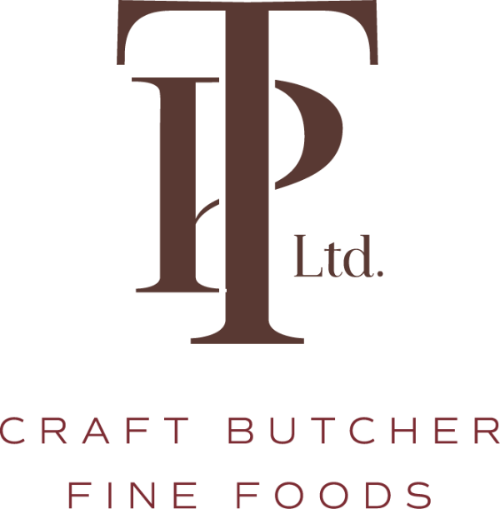Dry Aged vs. Wet Aged Meats
Dry aging is a method of aging meat by exposing it to moving refrigerated air and humidity control, typically on the bone with the fat left intact. This process is different from wet aging, which involves vacuum-sealed meat with excess liquid. At Truffle Pig, we specialize in dry-aged meat, offering both dry-aged beef and dry-aged pork that are handled with care to preserve their exceptional flavor and texture.
The Dry Aging Process: Why It’s Superior
Properly dry-aged meat is considered far superior to wet-aged meat due to its unique flavor, tenderness, and texture. Dry-aged beef undergoes an aerobic process in carefully controlled conditions, where enzymes and lactic acid bacteria work to enhance the meat’s color, aroma, and flavor profile. This process not only improves the taste but also makes the meat juicier when cooked, retaining more of its natural juices compared to wet-aged cuts.
At Truffle Pig, we age our premium cuts of beef and pork in state-of-the-art Dry Ager coolers. The meat is aged on the bone for a period of 27 to 100+ days, ensuring that the natural flavors are developed to their fullest potential. Dry aging requires patience and attention to detail, but the result is a top-quality product that cannot be matched by industrial methods.
Dry Aged vs. Wet Aged Meat: What’s the Difference?
Wet aging, popularized in the 1960s, uses vacuum-sealing technology to preserve meat in an anaerobic environment. While it’s an efficient way to tenderize meat, it often results in a sour or metallic flavor, a mushy texture, and a dull color. In contrast, dry aging produces a more intense flavor and aroma, and it retains the rich, beefy taste that wet-aged meat often lacks.
While wet-aged meat reaches its peak tenderness at 21 days, it sacrifices flavor for faster tenderization. In comparison, dry aging allows the meat to develop a deeper, richer flavor over time. Though the process involves some weight loss, the end result is a more flavorful and tender cut that’s juicier. At Truffle Pig, we offer the best of both worlds, with wet-aged meats for those who prefer a fresh taste and dry-aged meats for customers who want a gourmet experience.
The Cost of Dry-Aged Meat: Why It’s Worth the Investment
While dry-aged beef can be more expensive due to weight loss and a longer aging process, the result is a product that is often considered a luxury. This additional cost is justified by the premium taste and superior quality. Dry-aged meats are treated like fine wine or whiskey, allowing the meat to develop and mature over time.
At Truffle Pig, we offer high-quality dry-aged beef and pork sourced from farms that follow the highest standards of husbandry. Our meats are aged in-house and are free of harmful mold, ensuring you receive a clean, flavorful product. We guarantee that our dry-aged meats are mold-free, unlike some other products that may carry undesirable characteristics.
A Final Word on Dry-Aged Meats
Some chefs and butchers allow mold to create a “funk” on dry-aged meats, but this process results in what we call blue cheese beef. At Truffle Pig, we ensure that all our dry-aged beef and pork are aged to perfection, free from mold and undesirable flavors. We focus on offering you a clean, exceptional dry-aged meat experience. While there are safe ways to use fauna (mold) on dry-aged beef, these are highly specialized techniques that we will not focus on in this section.
Whether you’re ordering for a special occasion or simply want to elevate your everyday meals, Truffle Pig offers the finest dry-aged meats for discerning palates. We are committed to providing you with the highest-quality dry-aged beef, pork, and more.


